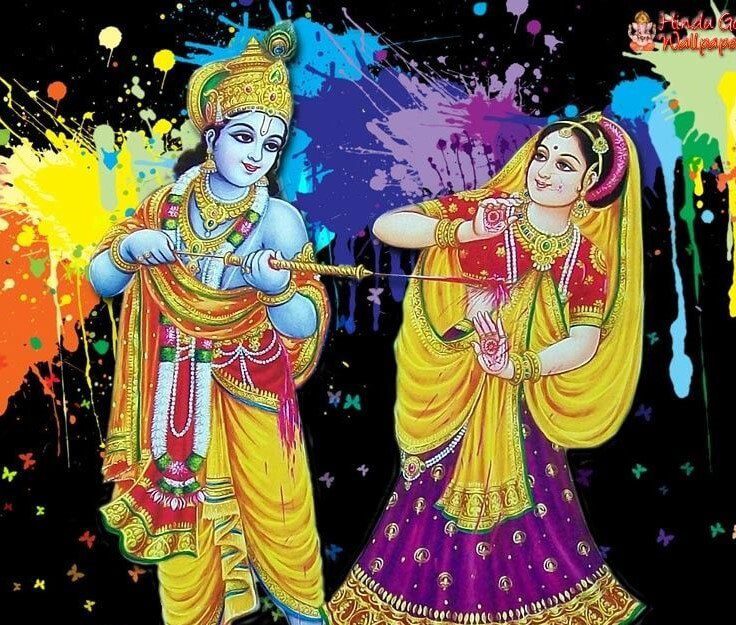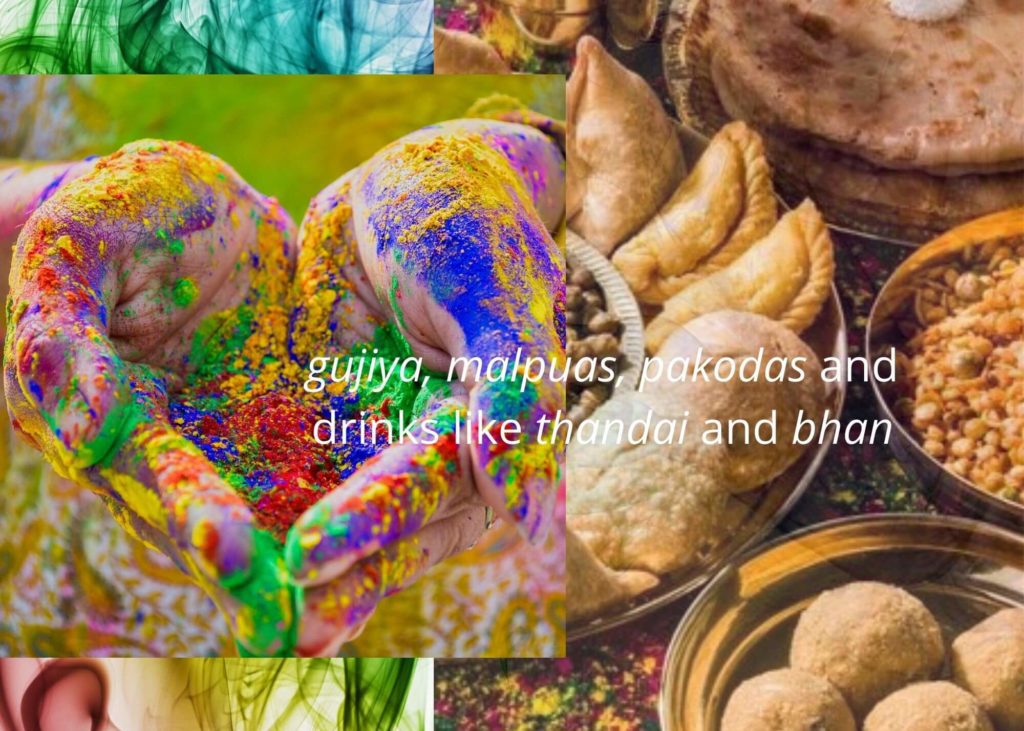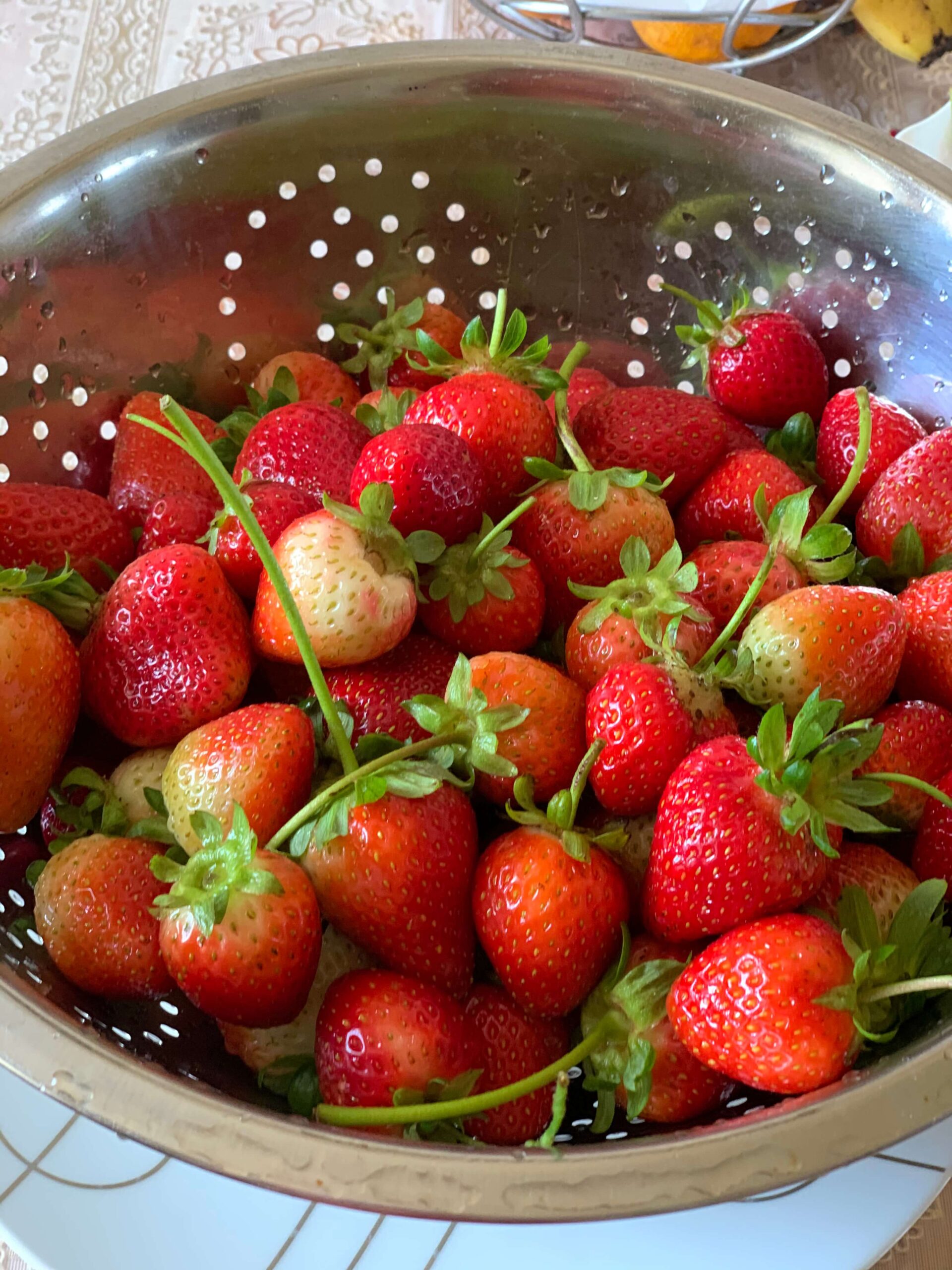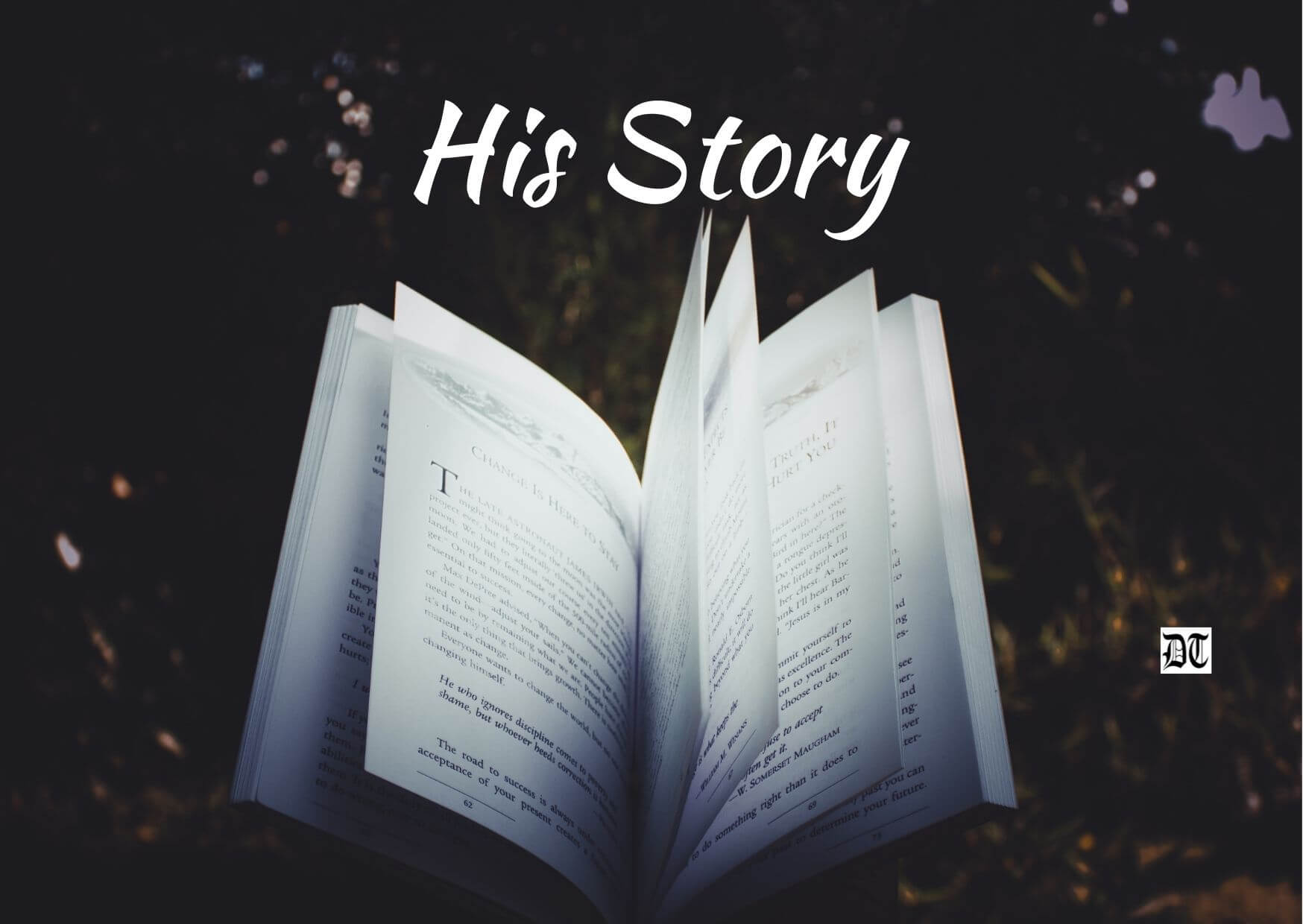Dr Renu talks about various aspects of Holi, its significance, history, traditions, celebration and how to brace up ourselves for the celebration of this festival in response to the prevalent pandemic situation. A Special Feature exclusively for Different Truths.
Holi is the most vibrant and colourful festival. And perhaps, this is our only festival that gives liberty to the people to let out the crazy child and the wild within them. Holi falls on the full moon day/ Purnima of the month of Phagun coinciding with the month of March/April. No doubt, diverse traditions of celebration are followed in different states of our country, yet the most popular festivities of this festival are Holika Dehan and Rang Holi.
…it has now become popular not only with other communities of India, but with people living in the countries of the subcontinent and the West…
Though this festival began as a Hindu festival in ancient India, it has now become popular not only with other communities of India, but with people living in the countries of the subcontinent and the West under the growing number and influence of the Indian diaspora. The antiquity of the festival and its wide acceptance over centuries are corroborated by the fact that the festival is mentioned not only in the ancient Purans, Sutras, Vedas and the Sanskrit literature of the 4th century, but is widely depicted in the art of Bikaner miniatures and Mughal paintings of the 17th Century.
Like various other festivals of India, Holi festival, too, has multi dimensional significance. It marks the commencement of the beautiful and bountiful Spring season, on the one hand, and the victory of good over evil, on the other. It also signifies celebration of love and friendship by forgetting all differences, and the affirmation of reveling in the moment of joy. As an Urdu poet has put, “Holi Ki Shaam hai toh sehar hai Basant” i.e., a Holi evening is the dawn of Spring in every town.
The magical colours and sweet scents and sounds in the nature make humans too long for love, laughter, celebration, and joy.
The magical colours and sweet scents and sounds in the nature make humans too long for love, laughter, celebration, and joy. The Holi festival has a scientific significance as well. The festival falls during the phase of transition from winter to summer in our country. At this time there is not only growth of bacteria in the atmosphere, but laziness and tardiness in human body as well. The Holika Dehan bonfires kill bacteria by releasing heat in the atmosphere and the Rangwali Holi with its physical reveling, loud singing and beating of drums rejuvenate the human body system.
Looking at the history of this festival, we come across various legends which are as colourful and varied as is the Holi festival itself. Probably, the oldest legend is from the Vishnu Purana and relates to the demon king Hirnayakashyap, who tried to kill his son Prahlad for worshipping Vishnu, instead of the king. The legend narrates how the king’s sister Holika got burnt in the fire intended to kill Prahlad, who came out of the fire unharmed due to his faith in god. Since then, the day is celebrated as Holika Dehan, which is on Sunday, March 28, this year, to mark the victory of good over evil and the end of demonic desires.

… Krishna approached Radha and smeared her face with colour and rising above the difference of colour both looked of the same colour.
Another prominent legend relates to love between Radha and Krishna. Krishna had developed blue skin colour after the demoness Putana tried to kill him with her poisoned breast milk. Krishna was worried if the fair skinned Radha would love him because of his skin colour. At his mother’s suggestion Krishna approached Radha and smeared her face with colour and rising above the difference of colour both looked of the same colour. Since then applying colour on another person’s face on Holi has become an expression of love.
Another legend relates to Shiv, Parvati and Kamdev (the god of love). Kamdev risked his life at the behest of Parvati and other gods to revoke Shiva from meditation to save the world by marrying Parvati. Holi revellers with their singing, beating drums and consuming bhang allude to the strange followers of Shiva in his wedding procession. There are various other legends as well, and Holi has become a way of reliving these legends and affirming the faith of the devotees.
Floral Holi festivities of Vrindavan and Lathmaar Holi of Barsana have become world famous.
From the significance and history of the festival of Holi, let us move to the diverse ways of the celebration of Holi under different names in various regions of our country. Floral Holi festivities of Vrindavan and Lathmaar Holi of Barsana have become world famous. The festival is celebrated as Vasant Utsav in Shanti Niketan, and Dol Purnima in other areas of West Bengal. In most of the parts of Jharkhand the festival is celebrated in relation to nature and the harvest.
In Uttrakhand Holi festivities have a touch of classical music and spiritualism. In Goa, this festival becomes ‘Shigmo’ and in Punjab it is celebrated as Holla Mohalla, a festival of martial arts in Anandpur Sahib one day after Rang Holi.
In parts of Maharashtra and Gujrat Matka Phod contests are held. Men make a human pyramid to reach upto the matki of buttermilk hung at a height, and the winner is declared the Holi King of the year. In fact, every region in India has its own unique way of celebrating Holi.
These diverse Holi festivities, spanning over days in some regions, make Holi a much-awaited and fun-filled festival.
These diverse Holi festivities, spanning over days in some regions, make Holi a much awaited and a fun-filled festival. Nevertheless, what remains the most sought after Holi festivity in almost all regions is the Rang Holi. People gather in groups, beat drums, sing holi songs and splash colours on one another. Gulal, abhir, flowers, pichkaris, colour filled balloons, buckets of water are used in bounty. Forgetting disputes and differences people make fun and frolic, and share Holi special delicacies like gujiya, malpuas, pakodas and drinks like thandai and bhang. The whole atmosphere seems charged with joy, excitement and merriment. In popularization of Holi, our Bollywood industry has played an important role. Our films with their evergreen Holi songs have lent a unique flavor to the Holi festival. Film songs like ‘Holi Aayi Re’,’Arey Ja Re Hat Natkhat’, ’Hori khele Raghuveera’,’Balam Phichkari’ have become a kind of Holi anthems during festivities.

Indeed, Holi is not only a festival of colours and joy, but a harbinger of hope, love, positivity, and rejuvenation. Our hearts flutter and spirits soar high at the very thought of Holi celebrations. However, the present Covid-19 situation demands caution and a different kind of celebration from us. We need to show love for ourselves and our dear ones by maintaining social distance, wearing masks, and getting vaccinated.
Let us burn all negativity within ourselves on this Holika Dehan and celebrate Rang Holi by staying at home…
Let us share happiness through phone/ video calls and messages. Let us burn all negativity within ourselves on this Holika Dehan and celebrate Rang Holi by staying at home for being joyfully alive to celebrate Holi with all its fervour, fun, excitement and colours on the next Holi. Stay safe! Stay healthy and joyous. Happy Holi!
Visuals by Different Truths and the internet.





 By
By
 By
By

Excellent article covering every aspect including religious, social and emotional interpretation needed in the present scenario of internal as well as external conflict that has put mental, social, physical and emotional peace at risk. Thanks to the writer for a wonderful bouquet of balanced thoughts
Dear Tanvi, I find your article not only very interesting but also it reminds me of the vaste Indian knowledge which has in the West not entered the general thinking…..there is sooo much to discover…I love the Krishna – Radha story and the overcoming of color differences just in smearing her face with colors…beautiful, we need more holi festivals in the West…thank you for your magical writing ✨
Well written, took me down the memory lane of my childhood days of playing holi. Kudos to Dr. Gupta for re-connecting us to our roots and cultural significance of the colourful festival.
Very nice. Informative.
Very interested, informative article
Very informative, appropriate and beautifully narrated all aspects of Holi festival.
Beautifully narrated the history, importance and festivity related with the festival of Colors. Really enjoyed knowing different facts about Holi!
A well researched write-up covering religious, spiritual, social and regional aspects. Holi indeed brings joy, fun and harmony and is celebrated with lot of enthusiasm in India and in various countries inhabited by Indian diaspora. While the youngesters have fun and frolic elders enjoy watching them from the sidelines. However, some evil practices have also crept-in and some asocial elements spoil the spirit of holi leading to unseemly scenes. This needs to be checked to maintain its sanctity.
Dr Renu Gupta has analysed in detail the traditions and the rich history behind the festival of Holi. She has rightly brought out that it is a pan India festival which is not only celebrated differently in various Indian geographical regions but in rest of the world as well. The religious relevance linked to the festival has been appropriately highlighted by bringing out the legendary and eternal love between Lord Krishna and Radha. She has rightly pointed out that this festival unites everybody irrespective of caste ,creed and religion . In fact Holi has always been my favourite festival, having commanded troops hailing from the Kumaon hills ( Almora, Pithoragarh and Nainital districts ) , where it is celebrated in traditional ways as elaborated in the article.
Pretty informative and well written.